
Best Places to Visit in China: My Journey Through History, Nature, and Modernity
Over the past five years, I’ve traveled to more than 30 cities across China, from the snow-capped peaks of Tibet to the tropical beaches of Hainan. What strikes me most about this vast country is its incredible diversity—each region boasts unique landscapes, cultures, and histories that feel like worlds apart. China isn’t just a destination; it’s a collection of experiences: standing in awe of a 2,000-year-old stone army, hiking along a wall that winds through mountains
Best Places to Visit in China: My Journey Through History, Nature, and Modernity
Over the past five years, I’ve traveled to more than 30 cities across China, from the snow-capped peaks of Tibet to the tropical beaches of Hainan. What strikes me most about this vast country is its incredible diversity—each region boasts unique landscapes, cultures, and histories that feel like worlds apart. China isn’t just a destination; it’s a collection of experiences: standing in awe of a 2,000-year-old stone army, hiking along a wall that winds through mountains, and sipping tea in a courtyard while watching traditional opera. In this article, I’ll share my favorite places to visit in China, each one leaving an indelible mark on my heart.

1. Beijing: Where Imperial Grandeur Meets Modern Buzz
My Chinese journey began in Beijing, and it’s a city I’ve returned to three times since—each visit revealing something new. As the country’s capital for over 800 years, Beijing is a living museum of imperial history, yet it’s also a thriving modern metropolis where skyscrapers tower over ancient hutongs (narrow alleyways). My first morning started at the Forbidden City, and I still remember the chill of excitement as I walked through Tiananmen Gate into a sea of red walls and golden roofs. For 500 years, this complex was home to 24 emperors of the Ming and Qing dynasties, and its 9,000-plus rooms hold treasures like jade carvings, imperial paintings, and intricate silk tapestries.
After spending hours exploring the Forbidden City, I climbed Jingshan Park nearby for a panoramic view of its golden rooftops at sunset—a sight so stunning I forgot to take photos for ten minutes. But Beijing’s charm isn’t just in its grand landmarks. I rented a bicycle and cycled through the hutongs around Shichahai Lake, where locals played badminton, old men chatted on doorsteps, and the smell of jianbing (crispy Chinese crepes) filled the air. I stopped at a family-run siheyuan (courtyard house) for lunch, where the grandmother served me dumplings and told stories about growing up in the hutongs before skyscrapers dotted the skyline.
No trip to Beijing is complete without a day trip to the Great Wall, and I chose the Mutianyu section—less crowded than Badaling and surrounded by lush forests. Hiking along the winding wall, I passed watchtowers with moss-covered walls and looked out at mountains stretching as far as the eye could see. A local vendor told me, “The Great Wall isn’t just stones—it’s the blood and sweat of millions.” As I walked, I thought about how it had protected China for centuries, and how now it unites people from all over the world. On the way down, I took a toboggan ride through the forest—an unexpected, fun end to a day of history.

2. Xi’an: Step Into the Heart of Ancient China
If Beijing is the face of imperial China, Xi’an is its soul. As the capital of 13 dynasties, including the powerful Tang Dynasty, Xi’an was once the eastern end of the Silk Road—a bustling hub where merchants from Rome, Persia, and India traded goods and ideas. My reason for visiting Xi’an was simple: the Terracotta Army. I arrived at the museum at 8 a.m. to beat the crowds, and when I rounded the corner into the first pit, I gasped. Thousands of life-sized terracotta soldiers stood in perfect formation, each with unique facial features, hairstyles, and armor. Archaeologists believe they were built to protect Emperor Qin Shi Huang in the afterlife, and work on excavating the site is still ongoing.
I spent three hours at the Terracotta Army, listening to a guide explain how the soldiers were made (each was hand-sculpted and painted, though most of the paint faded when exposed to air) and how they were discovered by farmers digging a well in 1974. But Xi’an has more to offer than just soldiers. I walked along the ancient city wall, which dates back to the Ming Dynasty and is the best-preserved city wall in China. Renting a bicycle, I cycled the entire 13.7-kilometer perimeter—stopping occasionally to wave at locals flying kites below and admire the city’s mix of ancient temples and modern buildings.
In the evening, I visited the Muslim Quarter, a labyrinth of narrow streets filled with food stalls and shops. I tried roujiamo (a “Chinese hamburger” with tender braised pork), yangrou chuan (lamb skewers seasoned with cumin), and ziyou mian (spicy noodles). The highlight was a small tea house where a musician played the erhu (a two-stringed instrument) while I sipped jasmine tea. As I left the quarter, lanterns lit up the streets, and I felt like I’d stepped back in time to the Tang Dynasty’s golden age.
3. Guilin and Yangshuo: Nature’s Masterpiece
After weeks of exploring ancient cities, I craved nature—and Guilin and Yangshuo delivered beyond my wildest dreams. Located in southern China’s Guangxi Zhuang Autonomous Region, this area is famous for its karst mountains—tall, pointed limestone peaks that rise straight out of the Li River and surrounding rice paddies. I took a four-hour cruise down the Li River from Guilin to Yangshuo, and it was like floating through a Chinese painting. The river was so clear I could see fish swimming, and the mountains changed shape with every bend—one looked like a sleeping elephant, another like a old man with a long beard.
Yangshuo, a small town on the banks of the Li River, is where I spent the next three days. I rented an electric bike and rode through rice paddies, stopping to watch farmers plant rice by hand (a tradition that’s been passed down for thousands of years). I hiked up Moon Hill, a karst peak with a natural arch at the top, and the view from the summit took my breath away—hundreds of mountains stretching to the horizon, with the Li River winding through them like a silver ribbon. In the evening, I sat on the riverbank and watched a performance of “Impression Sanjie Liu,” a outdoor show directed by Zhang Yimou that uses the mountains and river as a stage. Over 600 local actors performed, singing folk songs and lighting lanterns on bamboo rafts—it was the most magical show I’ve ever seen.
One of my favorite moments in Yangshuo was visiting a local village where I learned to make rice noodles. A grandmother taught me how to grind rice into a paste, spread it on a bamboo steamer, and cut it into thin noodles. We then cooked the noodles with fresh vegetables and soy sauce, and ate them at her wooden table while her grandson played with a puppy outside. It was a simple, intimate experience that made me realize China’s beauty isn’t just in its landmarks—it’s in its people.

4. Shanghai: The Future of China
From the ancient streets of Xi’an to the natural beauty of Yangshuo, I then traveled to Shanghai—a city that feels like it’s from the future. As China’s financial capital, Shanghai is a glittering metropolis of skyscrapers, luxury shops, and cutting-edge art. My first stop was the Bund, a waterfront promenade lined with colonial-era buildings from the 19th and 20th centuries. I stood there at night, watching the skyline of Pudong (Shanghai’s modern district) light up—its most famous building, the Oriental Pearl Tower, glowing like a spaceship. I crossed the Huangpu River by ferry and walked along Lujiazui, where skyscrapers like the Shanghai Tower (the second-tallest building in the world) pierced the sky.
But Shanghai isn’t just about modernity—it has a rich cultural side too. I visited Tianzifang, a neighborhood of narrow alleyways filled with art galleries, boutique shops, and cafes. It was once a residential area, and many of the shops are housed in traditional shikumen (stone-gate) houses. I stopped at a small gallery where a local artist painted landscapes of Shanghai’s old and new districts, and he told me, “Shanghai is a city of balance—we respect our past while reaching for the future.” I also visited the Yu Garden, a classical Chinese garden built in the Ming Dynasty. Walking through its winding paths, past lotus ponds and stone bridges, I forgot I was in a city of 24 million people.
No trip to Shanghai is complete without trying its food. I ate xiaolongbao (steamed soup dumplings) at Din Tai Fung, where the dumplings are so delicate they’re folded 18 times each. I also tried shengjian mantou (pan-fried pork buns) at a street stall near Nanjing Road, and drank boba tea at a trendy café in Xintiandi. In the evening, I went to a jazz club in the French Concession, where a band played a mix of American jazz and Chinese folk music. As I listened, I thought about how Shanghai had always been a melting pot of cultures—and how that’s what makes it so unique.
5. Lijiang: A Taste of Minority Culture
My final stop in China was Lijiang, a city in Yunnan Province famous for its well-preserved ancient town and ethnic minority culture. Lijiang is home to the Naxi people, one of China’s 55 ethnic minorities, and their culture is everywhere—in the traditional wooden houses, the Dongba script (one of the world’s last pictographic writing systems), and the folk music played on the pipa (a four-stringed instrument).
I stayed in a guesthouse in Lijiang Ancient Town, a UNESCO World Heritage Site with cobblestone streets and canals. I woke up early every morning to watch locals wash clothes in the canals and buy fresh vegetables from street vendors. I visited the Mu Family Mansion, the former home of the Naxi kings, and learned about their history of ruling Lijiang for over 500 years. I also took a day trip to Jade Dragon Snow Mountain, a sacred mountain for the Naxi people. I hiked to a viewpoint at 4,680 meters above sea level, and though I was out of breath, the view of the snow-capped peak was worth it. A Naxi guide told me, “This mountain is our mother—she gives us water and protects us.”
The highlight of my time in Lijiang was attending a Naxi bonfire party. Locals and tourists gathered in a square, and we danced around a bonfire while Naxi musicians played folk songs. A young Naxi woman taught me how to dance, and she told me about her life in Lijiang—how she’d studied in Beijing but returned to her hometown to preserve her culture. As the fire crackled and the music played, I felt a deep connection to this place and its people.
Final Thoughts
China is a country that defies stereotypes. It’s not just ancient temples and the Great Wall—it’s modern skyscrapers, stunning natural landscapes, and vibrant ethnic cultures. What I love most about China is how it balances tradition and modernity, how a grandmother making rice noodles in Yangshuo and a banker working in Shanghai’s Lujiazui are both part of the same country’s story.
Every place I visited left a lasting impression: the grandeur of the Forbidden City, the mystery of the Terracotta Army, the beauty of the Li River, the energy of Shanghai, and the warmth of the Naxi people in Lijiang. But the best part of my journey was the people I met—locals who shared their stories, their food, and their culture with me.
If you’re planning a trip to China, don’t try to see everything—focus on a few regions and take your time. Wander the hutongs, hike the Great Wall, float down the Li River, and talk to the locals. China isn’t just a place to visit; it’s a place to experience. And I promise, it will change you—just like it changed me.
Recommended

No Visa, No Cash, No Worries: The Ultimate Survival Guide to China in 2025
a local travel expert breaks down the revolutionar...
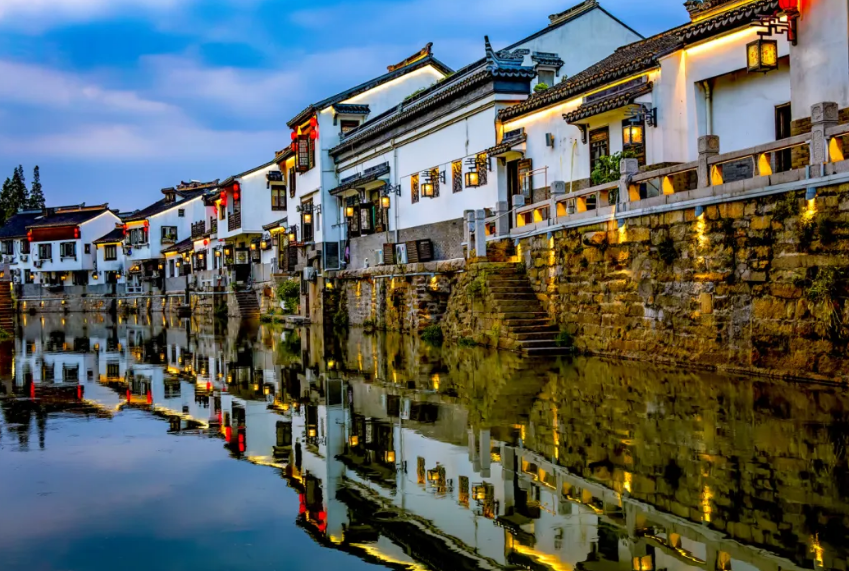
Shanghai A Slow Journey Through Baoshan’s Golden Autumn: History, Nature, and Nostalgic Flavors
Seeking a break from the fast pace of city life, I...
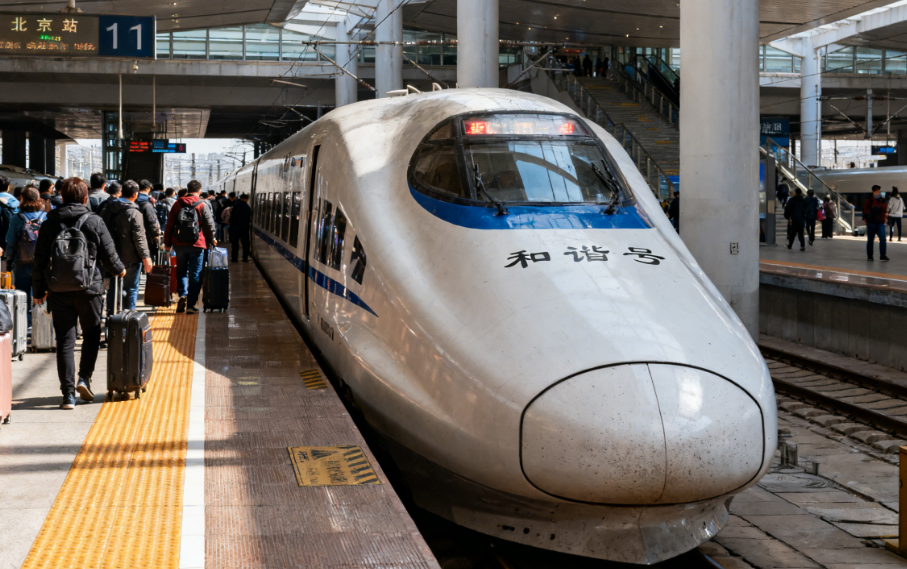
Beijing Transportation Guide: Navigate the Capital Like a Local
During my two years living and working in Beijing,...
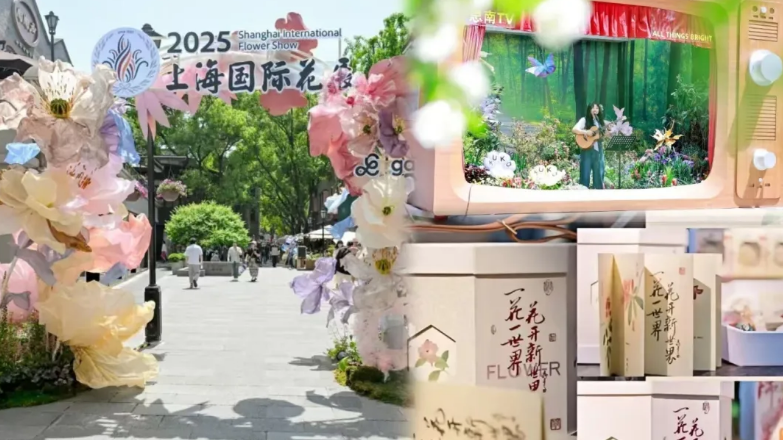
Shanghai’s Autumn Countryside Escape: A Blend of Culture, Camping, and Fresh Flavors
My quest for Shanghai’s autumn charm led me beyond...
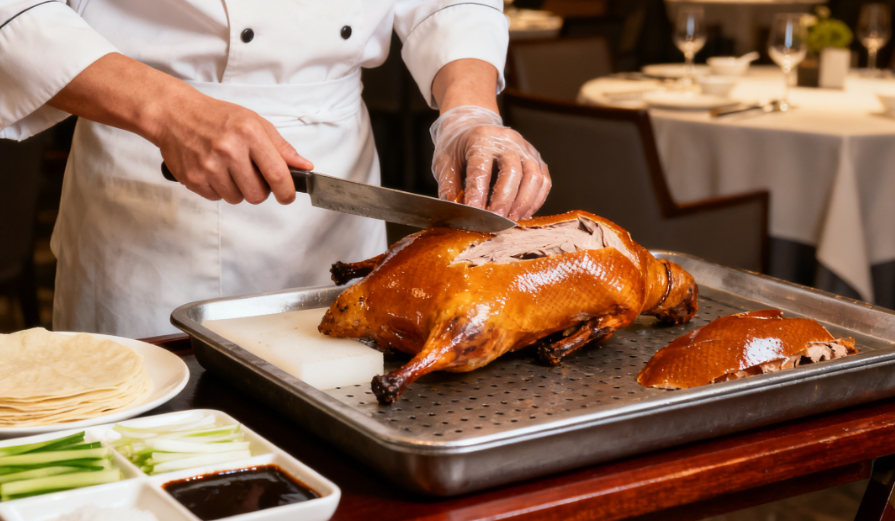
Beijing Food Guide: A Culinary Journey Through History and Flavor
Having spent over a year living in Beijing, I’ve w...
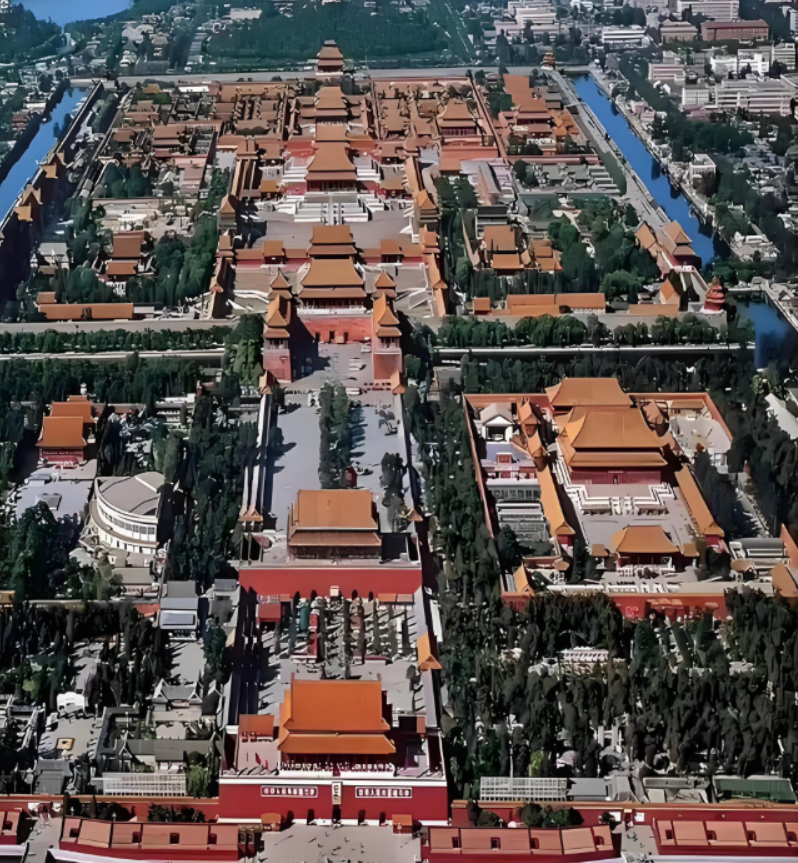
Beijing Revealed: Explore Iconic Landmarks & Taste Legendary Flavors
This article introduces Beijing's amazing historic...

Expert Guide: Mastering Mobile Payments in China (2025 Edition)
Below is an English guide designed for your intern...

Step-by-Step Guide: How to Apply for Your China Visa in late 2025
Great news for travelers! As of September 30, 2025...

Beijing Transportation Guide: Navigate the Capital Like a Local
During my two years living and working in Beijing,...
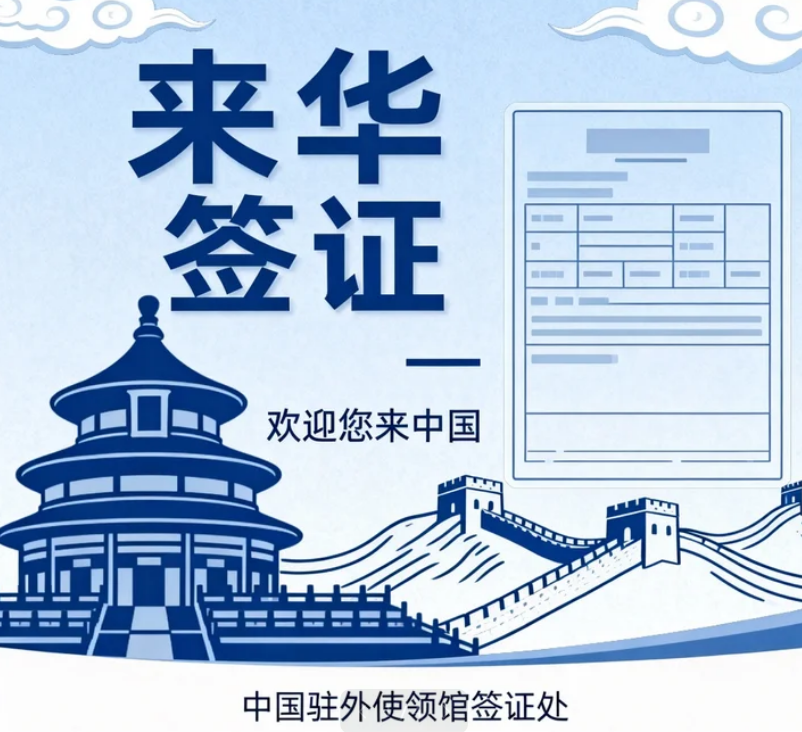
The Ultimate Guide to China's 30-Day Visa-Free Policy: Are You Eligible?
Great news for global travelers! As of November 20...

🇨🇳 Travel Guide — Your Essential Guide to Exploring China
Welcome to China — A Journey of Culture, History &...

My Journey Through Chinese Cuisine: A Symphony of Flavors
When I first set foot in China, I knew food would ...